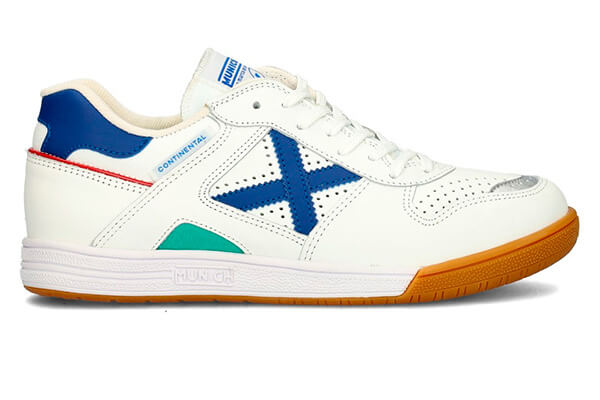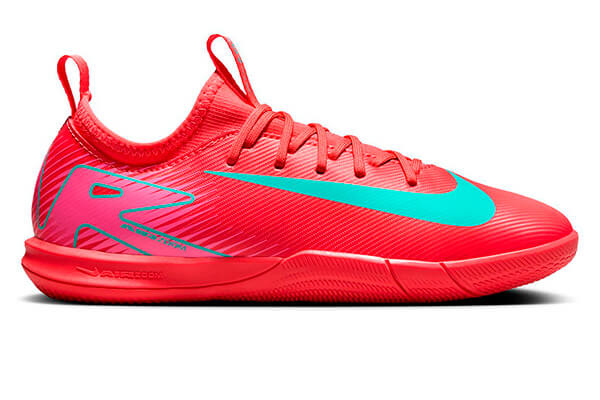Upper
Upper material in running shoes
Natural materials
- Thanks to its ability to give in pressure areas, it provides a great fit to the foot.
- It has a premium feel and increased structural durability.
- Increased weight.
- Low breathability and water absorption.
- Less prevalent in high-performance models.

Synthetic materials
Synthetic materials dominate the running market thanks to their versatility, lightness, and ability to provide cutting-edge technical solutions. There are mainly two types:
Synthetic microfibres
These are lightweight, resistant and highly water-repellent. They also allow greater control over design and customisation of the fit. They are commonly found in training or competition shoes, where a high durability-to-weight ratio is desired.
Knit or technical fabric
Since their introduction to athletics, knit uppers have transformed running shoes. These knitted fabrics create a seamless structure that is highly breathable, flexible and extremely lightweight. Some models combine knitted fabric with strategic reinforcements to maintain stability while allowing natural movement.
- Maximum lightness (applies only to knit fabric, not microfibre).
- Excellent breathability.
- A sock-like fit for knit models (this only applies to knit fabric, not microfibres).
- Almost unlimited aesthetic options.
- Some knit fabrics offer less structure and lateral support.
- In microfibers, fit does not improve with wear as leather does.
- In some cases, less durability in high wear areas.

Log in or
create your account
Your best self starts here. Come in and get in your prime